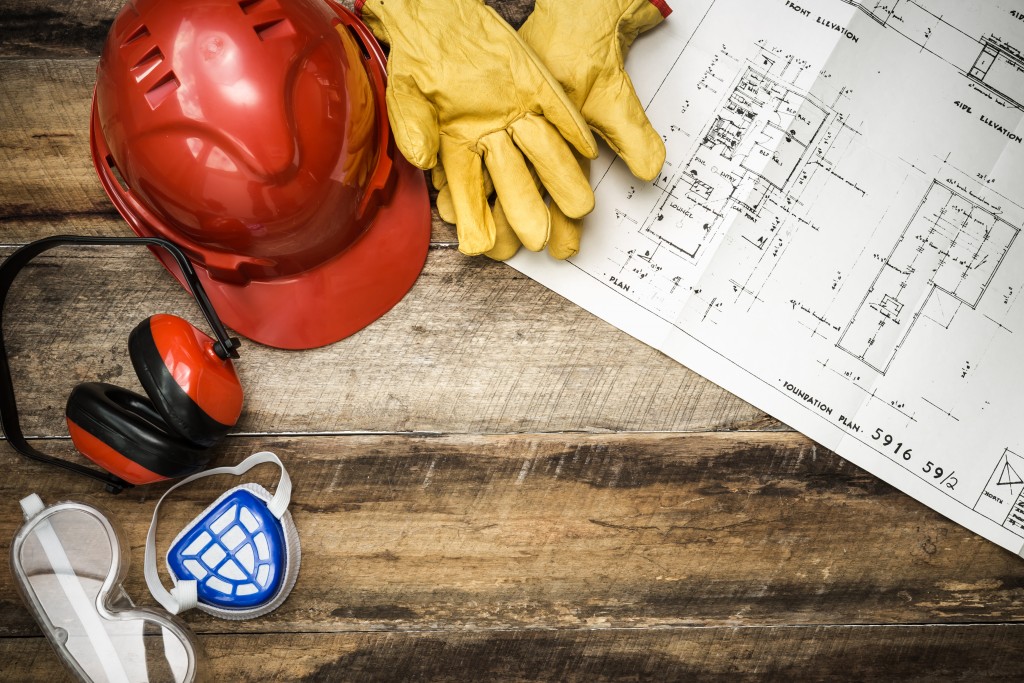You will often find in a construction site a long list of things that the workers must do to protect themselves from untoward accidents. Chief of that is to wear a set of personal protective equipment—from a helmet to safety boots. This type of clothing protects the wearer from exposure to chemicals and corrosive materials, among other things. It also prevents contact with biological pathogens, metal splashes, and extreme temperatures.
The term personal protective equipment or PPE has never been as well-researched and popular as it is today. There was a worldwide clamour for manufacturers to produce more PPEs at the height of the coronavirus outbreak between March and May. Doctors, nurses, and health care workers are at risk of contracting the virus if they don’t have PPE.
The lack of PPE pushed medical workers to use plastic bags to protect themselves from air droplets from coronavirus patients. But toward the middle of the year, manufacturers finally caught up with the demand. They came up with innovative solutions to produce the needed PPE on time. Today, millions of people use disposable masks and protective gear to prevent the spread of the dreaded virus.
Choosing the Design
The design of the PPE aims to resist degradation and permeation. The clothing should be non-porous, which means agents cannot permeate into the material. One of the reasons why there was a higher death toll due to the coronavirus was the lack of PPEs.
The Occupational Safety and Health Administration (OSHA) states that safety clothing and equipment should protect the wearer at all times. It should allow the workers to do their tasks without risking their lives. The goal of the PPE is to protect the body from injuries caused by physical contact and absorption of hazardous chemicals. The OSHA can close down companies that don’t follow the safety guidelines.
Reflective Materials
Construction and mining industries require their workers to wear hi-vis vests. Road workers, in particular, wear clothing with reflective stripes when they construct and fix roads at night. That prevents vehicular accidents because the reflective striping follows the movement of the workers. It makes them more visible to the drivers.
The clothing itself uses plastic, polyester, and fleece. For the stripes, manufacturers use these two primary materials. Micro-prismatic tape and glass bead reflective tape are the two most popular materials. The ultraviolet rays of the sun react with the fluorescent colours of the material. That creates a glowing appearance, making the wearer visible to those around them.
Non-Porous Materials
Workers in the medical field are required to wear full-protection gear. Traditionally, lab coats make use of cotton and cotton-polyester blend. This material protects the skin and clothing from dirt, inks, and non-hazardous chemicals. But the lab gowns used against the spread of Covid-19 act as a barrier against air droplets and splash. Mostly, these gowns are made with impermeable and non-porous materials like polyester and plastic. These materials prevent liquids down to its molecular level from permeating the fabric.
Polypropylene
Polypropylene is a thermoplastic polymer now being used to make disposable surgical masks. It’s made of non-woven fabric that does not allow bacteria and air to permeate. Surgical masks are critical to the health and safety of medical workers in the front line of the coronavirus response. These surgical masks protect against air droplets and splashes. The N-95 respirators can protect the wearer against dust, fumes, mists, and microorganisms.
Rubber

Safety gloves and shoes are made with rubber; this material is non-resistant and has impermeable properties. They offer adequate protection to the hands and feet of the wearer. These are mostly used in the construction, mining, roadwork, and medical field. The hard rubber material protects the wearer’s feet against heavy machinery and equipment. Its anti-skid soles are useful in damp environments, especially in sites that can cause tripping and sliding.
Glass
The eyes are the most complex parts of the body. More than 600 people sustain injuries to the eyes because of their work. Industries require safety glasses so that the wearers’ eyes can’t come into contact with hazardous chemicals, liquid, gases, infrared radiation, and ultraviolet rays. The ideal protective glasses are welding goggles and shields.
These protective gear alone will not protect the wearer from accidents and injuries. The companies should also train the workers about proper safety protocols in the workplace, and they should follow the standards set by the OSHA. As for workers, make sure that you understand the risks you are taking by working in hazardous and dangerous environments.









